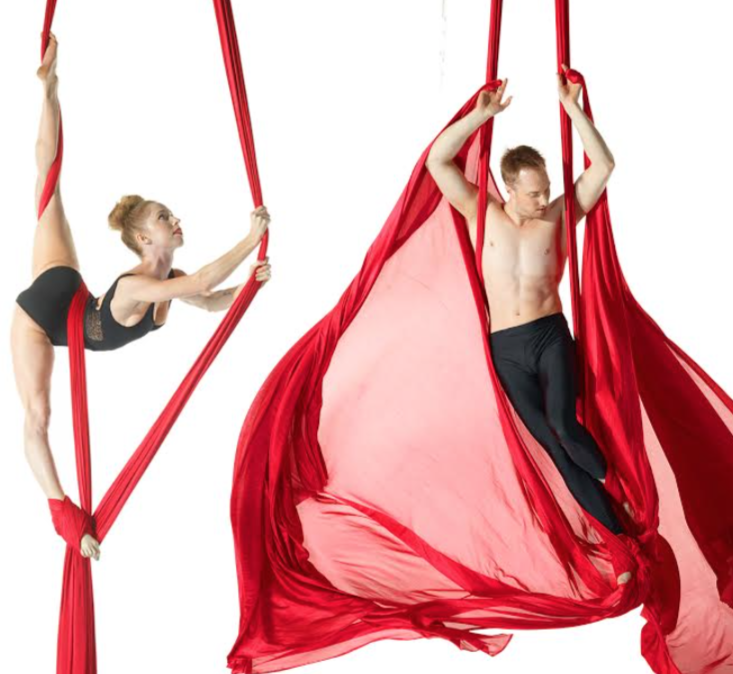Aerial Instructor: “Opposite Knee Straddle Climb, Hip Key, Candy Can Up and reverse into Back Balance and Flag. Got it? Ok, who wants to go first?”

Do you struggle with remembering aerial tricks and sequences in class? If so you are not alone!
We all learn differently. Some of us are visual and spacial learners, some auditory, some verbal, some logical, some kinesthetic, some social and some solitary.
In aerial class, those of us who are visual, kinesthetic and social learners are often served best as the instructor usually demonstrates a sequence (visual) before cueing us as we attempt to replicate (verbal and kinesthetic) and watch other students (social).
Even if your learning style is suited to an aerial class you may still struggle to retain information and remember sequences, especially while being upside down 15 feet in the air!
Here are a few tips to help you improve your working memory during aerial class or training:1. Ask Questions
Of your instructor and of other students in class (where appropriate). If a trick or transition doesn’t make sense to you ask for clarification. Particularly if you are a ‘logical’ learner it will really benefit you to understand how the trick works in order to be safe, truly understand the sequence and retain it.2. Take Notes
Write down (or text) each new sequence you learn in class and refer back to your notes regularly. This will help you to connect pathways and solidify previously learned tricks so that when you learn something new that is similar, your memory will be ‘jogged’ and make the new trick easier to pick up.
3. Practice Low First
Sometimes the anxiety of practicing a new trick or sequence high in the air causes students to ‘forget’ what they are doing which can be potentially dangerous and unnecessary. Even if you are the only student doing so and your instructor hasn’t provided the option, request to try the new sequence low first. This will help you ‘wrap your mind’ around where your body is going and what the fabric is doing before you add height to the equation.
4. ‘Mark’ like a Dancer
In the dance world, in order to avoid excess fatigue dancers will often ‘mark’ a new sequence or step purely for their brain. This might look like; small hand movements to mimic a ‘turn’, a small bend in the knee to represent a jump etc. As aerialists, we can mark sequences with our bodies while safely on the ground, visualizing the movements and moving in ways that help our minds ‘rehearse’ for the sequence we are about to do in the air.
5. Film Yourself
With your instructor’s permission, film all of the new sequences and tricks you learn in class and keep them in an album on your computer or phone. Refer back to the videos regularly as well as the corresponding notes you took about each sequence. Find similarities in the different wraps, try to understand what makes each trick successful i.e your body position, the placement of the fabrics. Not only will this improve your knowledge of fabric theory but it will also help improve your working memory as you recognize patterns and trick similarities during class.
We hope you found these tips helpful. Got any others? Hit reply and let us know what helps you learn and retain aerial sequences and tricks!







